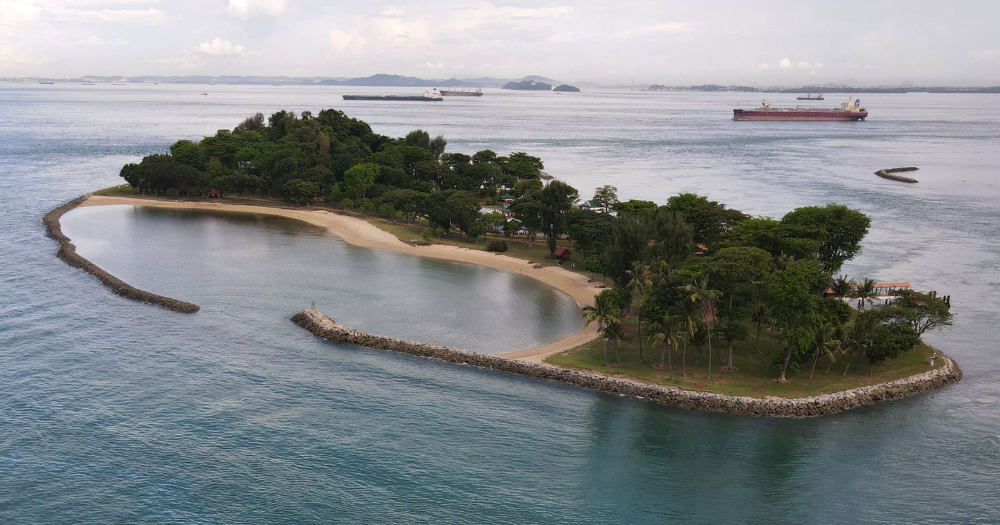Minister for National Development Desmond Lee announced on May 9 plans for a new marine park in Singapore.
It is proposed that the park will be located at the Southern Islands.
The proposed site for the marine park includes the southern section and eastern foreshore (intertidal) area of Lazarus Island, and the northeast foreshore area of Kusu Island.
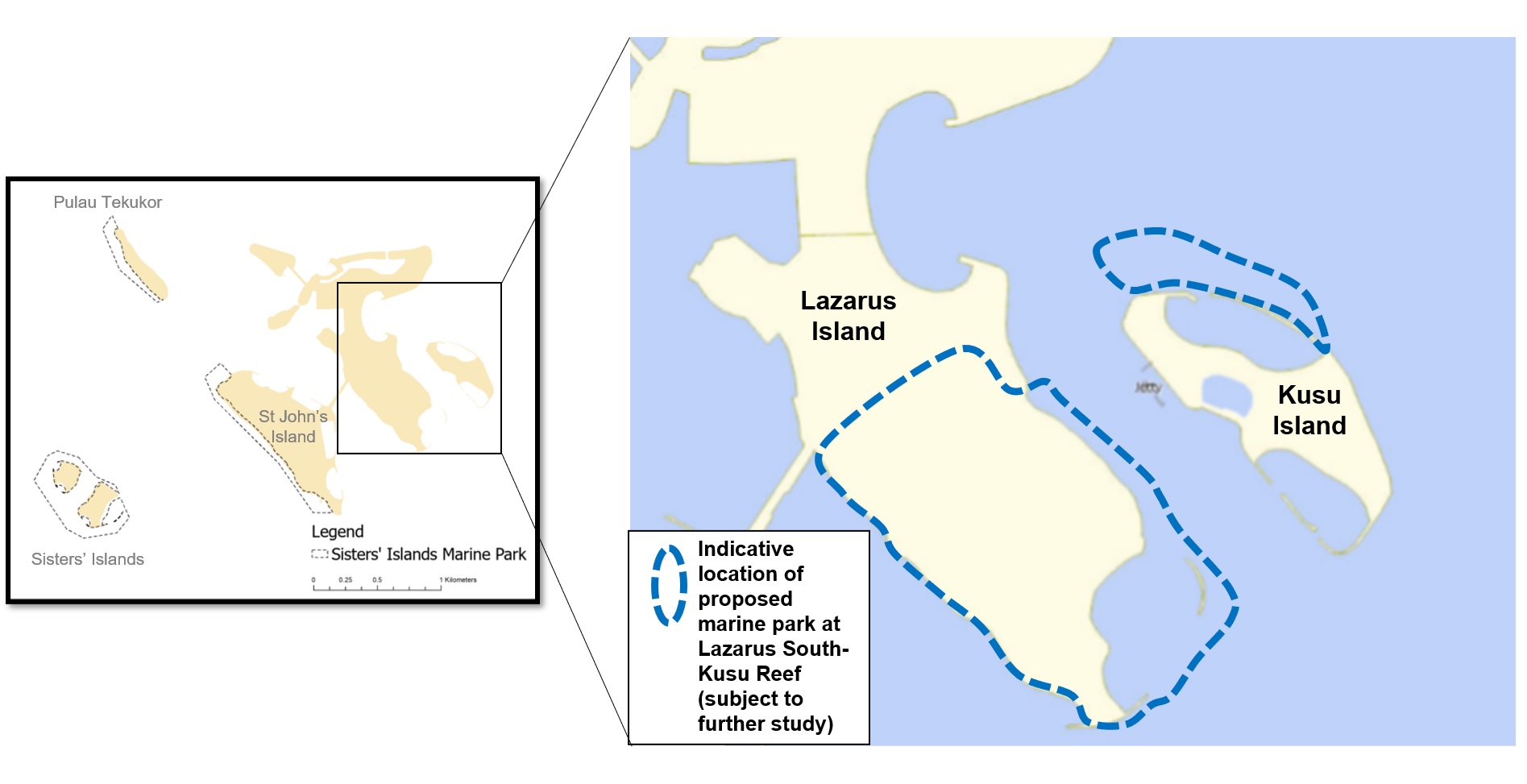 Photo from NParks
Photo from NParks
This will be Singapore's second marine park, in addition to the existing one at Sisters' Islands.
At a media doorstop on Lazarus Island, Lee explained that "just as we 'masterplan' very carefully for our mainland, we also have to plan very carefully for our waters".
Ecologically significant area
This area at the Southern Islands was chosen based on findings from several studies, including an Ecological Profiling Exercise (EPE) conducted by the National Parks Board (NParks) in 2022.
Core biodiverse habitats were identified during the EPE based on factors such as species diversity, and habitat quality and condition.
Other initiatives include the Singapore Blue Plan 2018 which identified Lazarus and Kusu islands as areas important for marine conservation, and research from the St John's Island National Marine Laboratory, which highlighted the southern section of Lazarus Island as a key area for conservation.
From the studies, it was found that the Southern Islands comprise some of the most ecologically significant marine habitats in Singapore.
Specifically, the eastern foreshore area of Lazarus South and Kusu Reef have "exceptionally high biodiversity", NParks shared.
Thus far, 97 coral species have been observed at the reefs of Lazarus Island, and 141 coral species at Kusu Island.
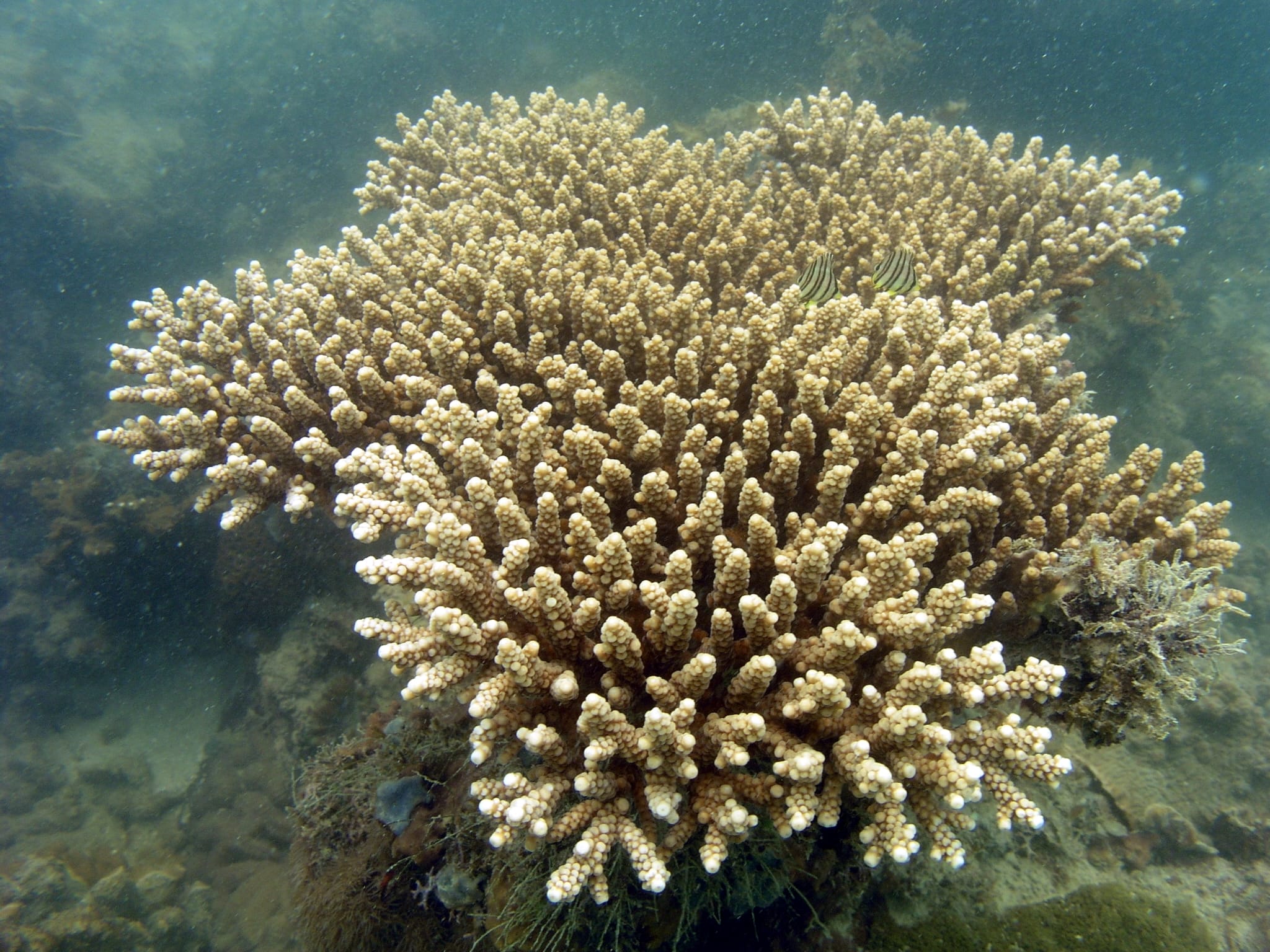 Photo from NParks
Photo from NParks
Could increase Singapore's coral cover
The Southern Islands' coral reefs and rocky shores are also crucial to maintaining habitat connectivity between the East and West Johor Straits.
In the EPE, models and genetic data for four representative marine organisms — mangrove propagules (seedlings), seagrass fragments, sea star larvae, and coral larvae — were used to map out the connectivity between these coastal and marine habitats, which is enabled by waves and currents.
Studies showed that the reefs at Lazarus Island are a sink for coral larvae from the Sisters' Islands.
Meanwhile, the reefs at Kusu Island are "extensive and well-consolidated", and are a good substrate for coral transplantation and restoration efforts.
As such, they can act as a source of coral larvae, and can help seed and restore other reefs in the southern waters as well.
This can contribute to growth in Singapore's overall coral cover.
A third of the world's hard coral species can be found in Singapore.
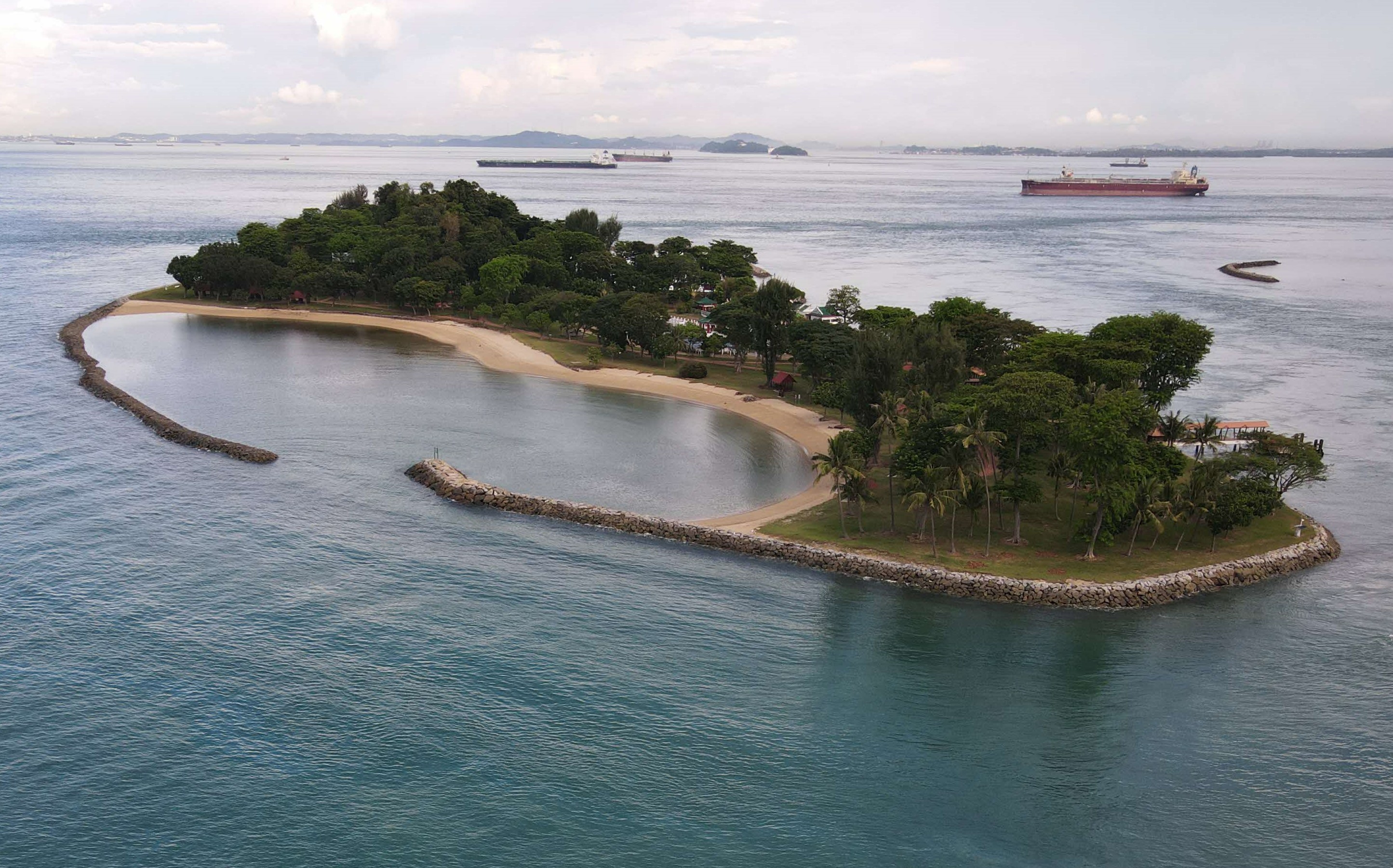 Kusu reef. Photo from NParks
Kusu reef. Photo from NParks
Better conservation
The new marine park not only includes water, but a section of terrestrial habitat on Lazarus South as well.
The island has one of the few remaining natural rocky shores in Singapore, as well as one of the largest tracts of native-dominated mature secondary coastal forests in the Southern Islands, with some rare plant species.
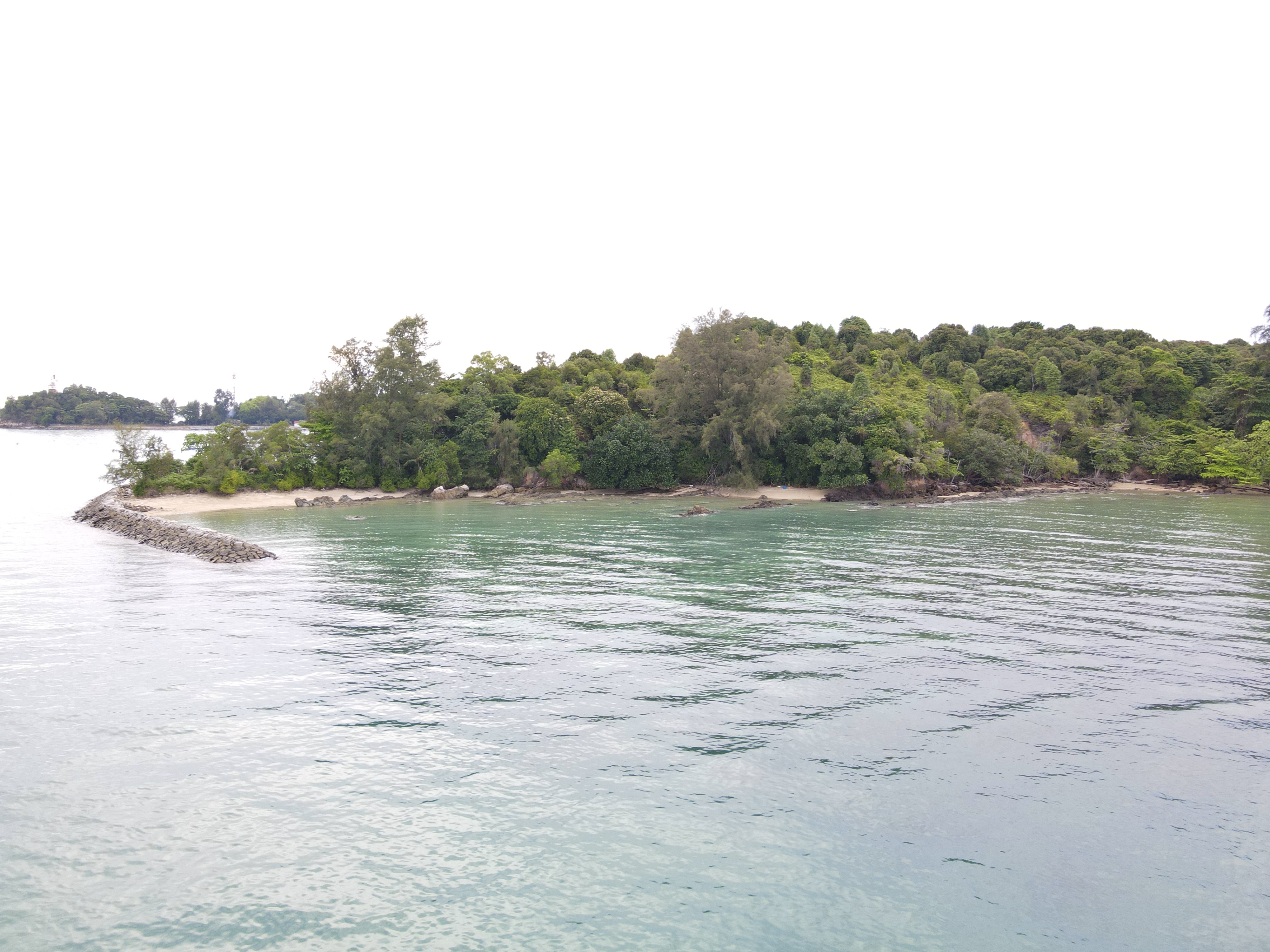 Forest at Lazarus South. Photo from NParks
Forest at Lazarus South. Photo from NParks
The areas designated for the new marine park will also be complementary to those at the Sisters' Islands Marine Park.
Additionally, it will "help to safeguard Singapore's core biodiversity areas, and strengthen their climate and ecological resilience", NParks stated.
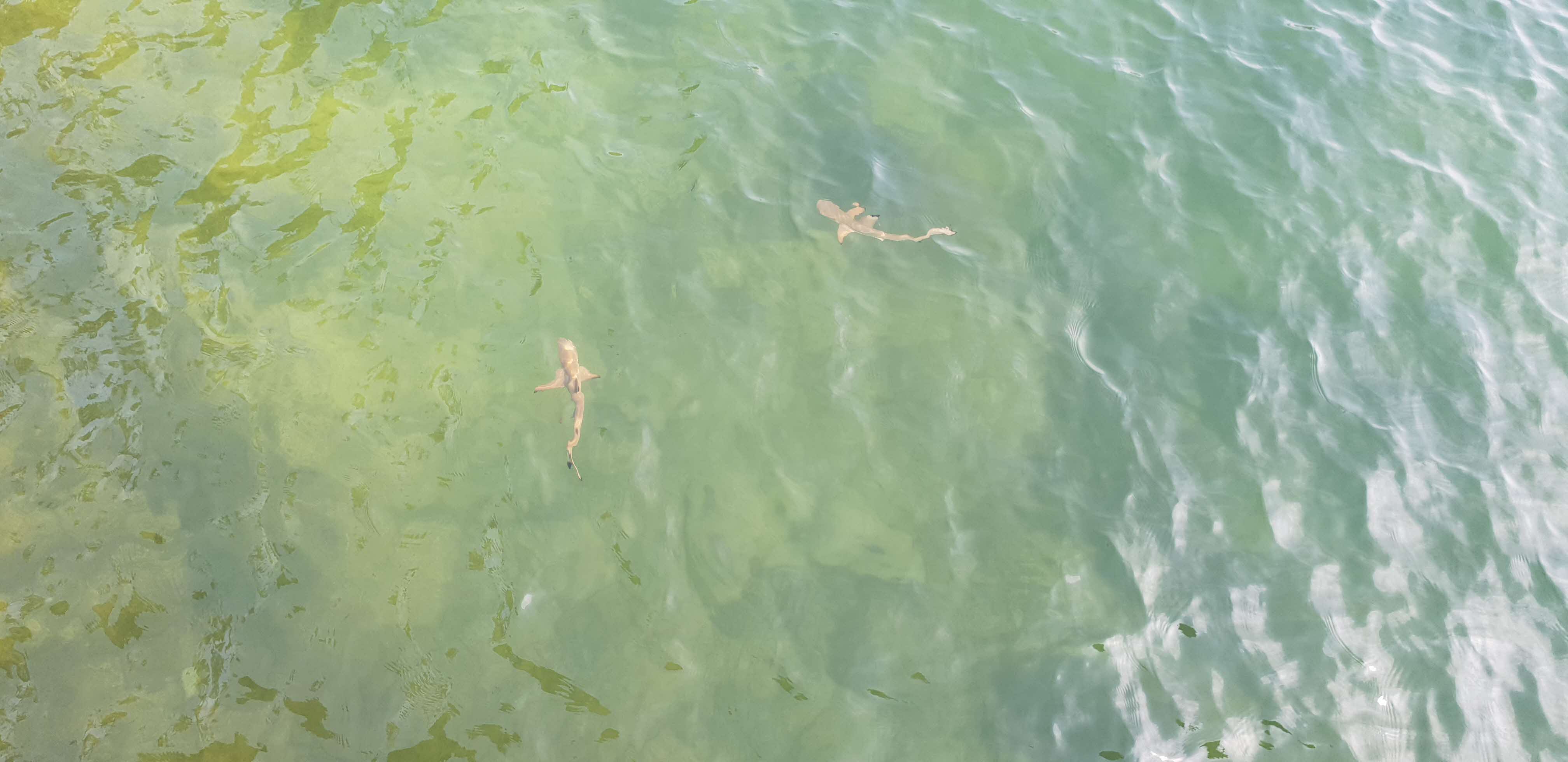 Photo from NParks
Photo from NParks
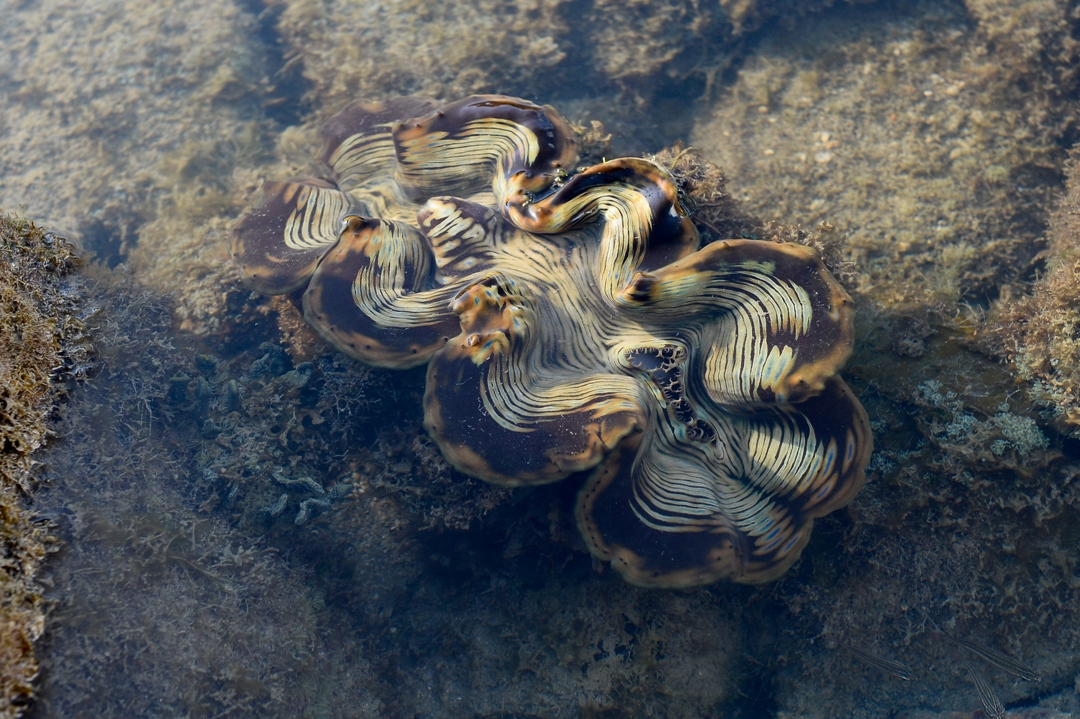 Photo from NParks
Photo from NParks
Aside from the ecological benefits, the marine park will also allow for more nature-based recreation, outreach and education opportunities for the community.
Lee also told the media on May 9 that the marine park will provide "tremendous opportunity" for education and research, which are "very important in an era where climate change and its impact are more keenly felt."
"And so all this will also facilitate marine science research, and all in, strengthen our position as an island city state that cares for its blue spaces as well, and also ensures that we conserve areas for the future."
The conservation of this area is also in line with the Urban Redevelopment Authority's (URA) plans to retain the "rustic character" of the Southern Islands, while "making them more inclusive and accessible for recreation".
Lee pointed out that nature-based recreation would have to be "done sensitively".
To further study and determine the boundaries of the proposed marine park, NParks will work closely with URA and stakeholders such as the Friends of Marine Park, a community which includes divers, anglers, boat owners and academics, as well as government agencies, in the second half of 2024.
The boundaries of the marine park at Lazarus South-Kusu Reef are slated to be finalised in 2025.
More about Sisters' Islands Marine Park
The 40-hectare Sisters' Islands Marine Park was established in 2014 around the Sisters' Islands and along the western reefs of St John's Island and Pulau Tekukor.
The area comprises of coral reef, sandy shore and seagrass meadow habitats.
Big Sister's Island serves as a platform for conservation, outreach, education and recreation, while Small Sister's Island serves as a site for marine conservation and research.
Singapore's first turtle hatchery is also located at Small Sister's Island.
As it is undergoing enhancement works, the Sisters' Islands Marine Park is currently closed to the public.
It will reopen in mid-2024, sporting new infrastructure such as a visitor's pavilion, floating boardwalk, coastal forest trail, hilltop viewing deck, and a solar-powered reverse osmosis system to provide potable water.
Top photo from NParks
If you like what you read, follow us on Facebook, Instagram, Twitter and Telegram to get the latest updates.

